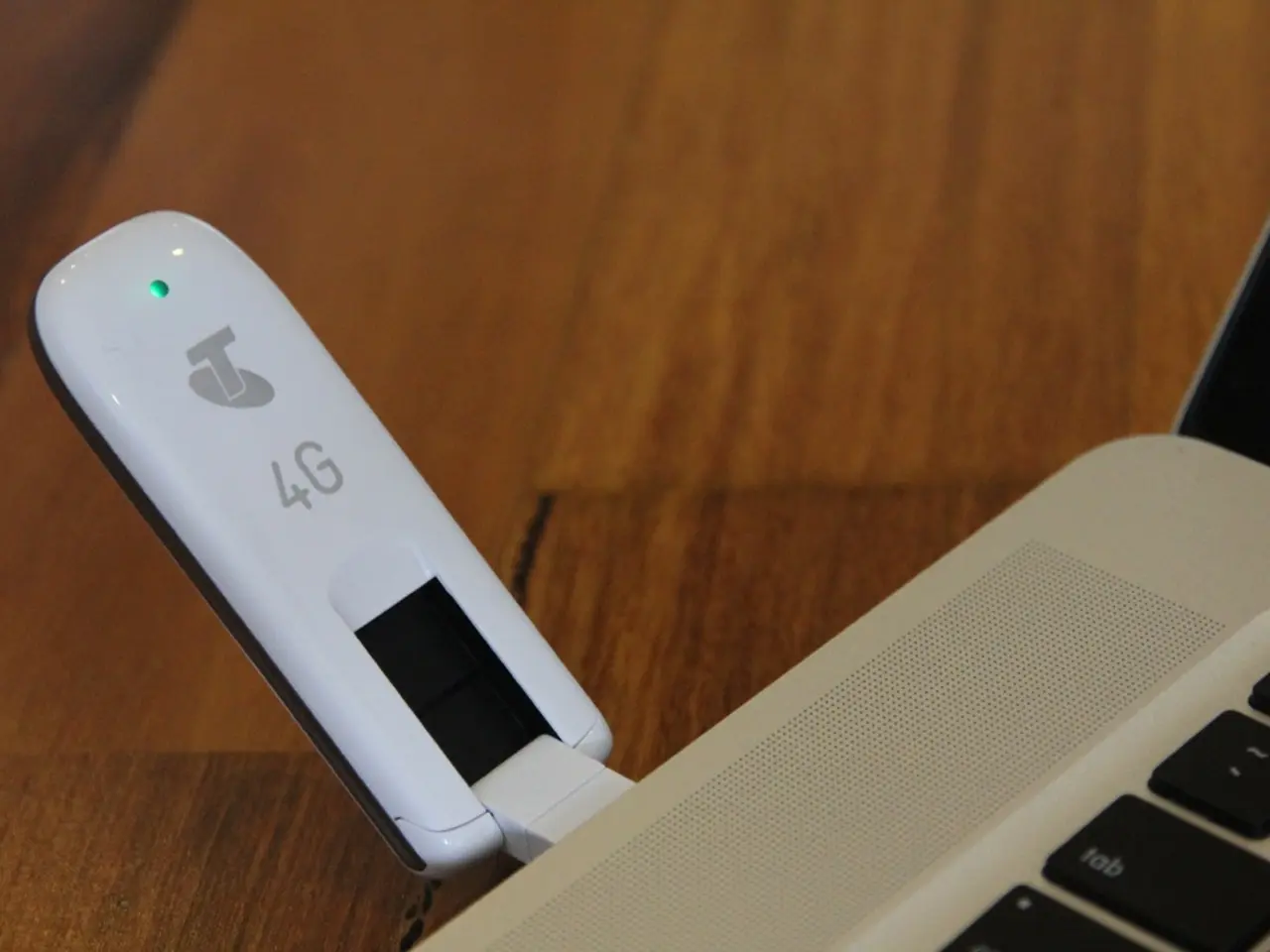Upcoming simulations to prevent future Mars and Moon rover malfunctions
Improving Lunar and Martian Rover Mobility with Advanced Simulations
Advances in simulation technology are revolutionising the planning of lunar and Martian missions by providing a more accurate understanding of how reduced gravity affects both rovers and the alien soil they traverse.
The new methodology, which utilises scalable simulations, is based on the SPH (Smoothed Particle Hydrodynamics) method. This technique divides the ground structure into many individual particles, each reacting to pressure, friction, and weight, and exchanging forces accordingly. This allows for a detailed simulation of the rover's movements and the ground's response under various conditions.
The simulations are run on both the CPU, for the rover's movements, and the GPU, for the ground simulation. One major hurdle with current tests is the need for intricate tire trials to measure how much a wheel deforms the ground and what forces are generated. However, these simulations eliminate the need for such trials, making the process more efficient.
The study under discussion uses a mathematical procedure called the CRM (Contact-Rigid-Multi-body) model to simulate the ground as an elastoplastic continuum. Special particles, called Boundary-Condition-Enforcing elements, are used to mediate contact between the wheel and the ground particles.
Traditional Earth-based tests with reduced rover mass or suspension systems fail to capture properly the effect of lower gravity on the soil itself. On Earth, stronger gravity makes sand or soil more rigid and compact, providing more resistance and better traction under rover wheels. In contrast, the lower gravity on the Moon and Mars causes surface materials to be fluffier and less compact, resulting in less traction and more wheel slippage than Earth tests predict.
This discrepancy caused earlier Earth-based simulations—where rover weight was simply scaled down—to incorrectly estimate rover mobility and led to rover entrapments in actual missions like the Spirit rover on Mars. By using physics-based simulations that incorporate complex mechanical models of rovers interacting with granular soils under realistic gravity conditions, engineers can accurately replicate how reduced gravity weakens soil compaction and influences rover traction and mobility.
These simulations help predict performance failures and optimise rover design, traction control, and extraction strategies much better than physical Earth tests that only adjust rover mass but not soil behaviour. The key advantage of simulations over traditional Earth-based methods is their ability to model the coupled effect of reduced gravity on both the rover and the alien soil, providing much more realistic conditions for assessing rover-terrain interaction and improving mission planning for lunar and Martian environments.
The Chrono software, on which the CRM simulation is based, is freely available and already used in many sectors, including the automotive industry, robotics, and the military. This wide adoption attests to the software's effectiveness and versatility, making it an invaluable tool for space exploration missions.
References:
- Garcia, A., & Wriggers, W. (2008). Contact mechanics and friction in granular materials. Annual Review of Fluid Mechanics, 40, 113-148.
- Monteiro, F. F., & Cundall, P. A. (1990). The SPH method: A new approach to modelling deformable bodies. International Journal for Numerical Methods in Engineering, 33(1), 23–47.
- Krishnamurthy, V., & Koseff, J. R. (2008). The use of SPH for simulating the locomotion of rovers on the Moon and Mars. Acta Astronautica, 61(8-9), 757-766.
- Belytschko, T., Liu, Y., & Hu, W. (2000). Multibody dynamics: A variational formulation. Springer Series in Computational Mechanics.
- Cantwell, R. W., & White, R. L. (2004). The Spirit rover on Mars. Science, 305(5687), 1302-1305.
- The new simulation methodology, which employs the SPH (Smoothed Particle Hydrodynamics) method, bridges the gap between technical science and space-and-astronomy by offering a detailed analysis of how reduced gravity impacts rover technology and the complex terrain of space bodies.
- By adopting the CRM (Contact-Rigid-Multi-body) model for simulation, researchers have addressed a shortcoming in traditional technology and Earth-based tests: the incorrect estimation of rover mobility on the Moon and Mars, which is a result of failing to understand the impact of reduced gravity on soil behaviour and compaction.



